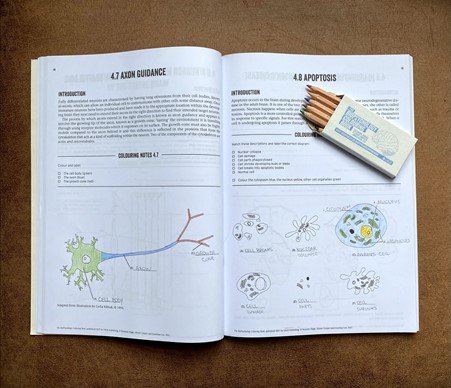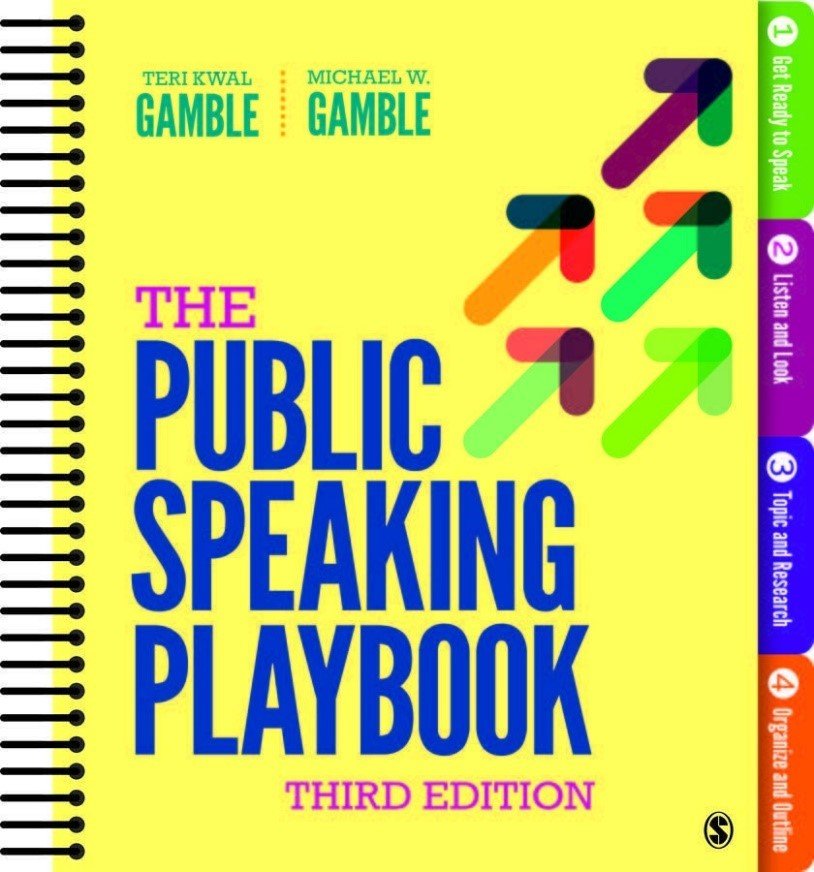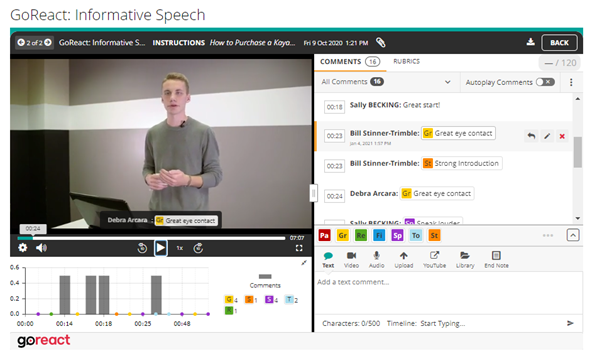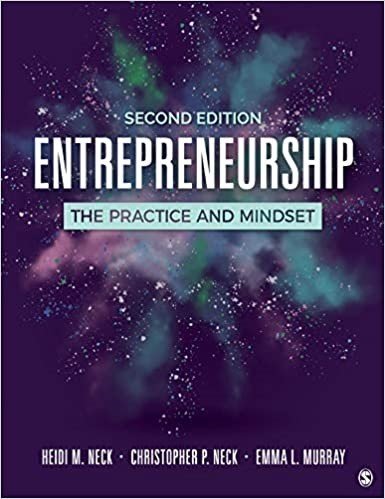Incorporating multimedia elements to engage learning
Multimedia is everywhere. So why not incorporate it into student learning? With the shift from teacher-centered approaches to student-centered learning, there are many benefits to incorporating visual and multimedia elements: From QR codes and videos to online resources and impactful graphic design. These features increase students’ ability to connect verbal and visual content, improve problem-solving skills, makes them more likely to have positive attitudes to learning, and means they can access a wider variety of information.
The following are just a few examples of how SAGE editors work with authors to incorporate multimedia elements into their books to provide an effective and engaging learning experience for students.
The Biopsychology Colouring Book by Suzanne Higgs, Alison Cooper and Jonathan Lee includes images to color in and a variety of labelling exercises. Coloring is proven to help your brain make deep learning connections, making this a useful resource for students when revising. It also encourages students to take a break from the screen whilst still building their knowledge and understanding.
The Public Speaking Playbook by Teri Kwal Gamble and Michael W. Gamble shows students how to prepare, practice and present their public speeches with the highest level of confidence. It comes with an optional “Public Speaking PLUS” feature, which integrates the content of the book with a video library, a speech-outlining tool, and GoReact’s speech-capturing software. This allows students to record and upload speeches for grading, encouraging them to put into practice what they are learning and develop their digital skills.
Entrepreneurship: The Practice and Mindset by Heidi Neck, Christopher P. Neck and Emma L. Murray encourages students to develop an entrepreneurial mindset as well as equipping them with the tools to create opportunities in uncertain environments. The second edition now comes with a pitch deck, which students can use to practice pitching their idea to the class before taking it to investors. By focusing on the pitch deck rather than the traditional business plan included in other books, the authors take a forward-thinking and innovative approach to support students to build their confidence and knowledge. Check out this example pitch from MBA student at Babson College, Salimata Bangoura.





